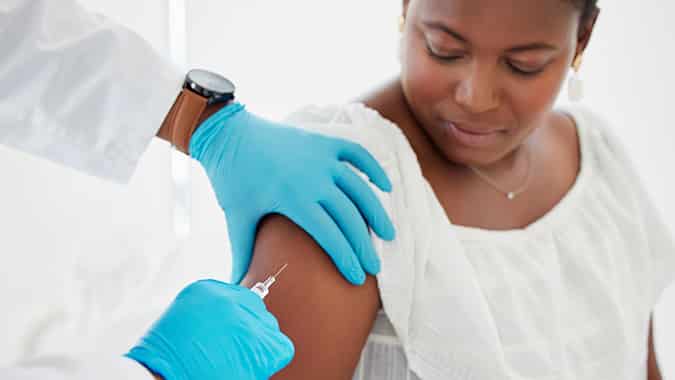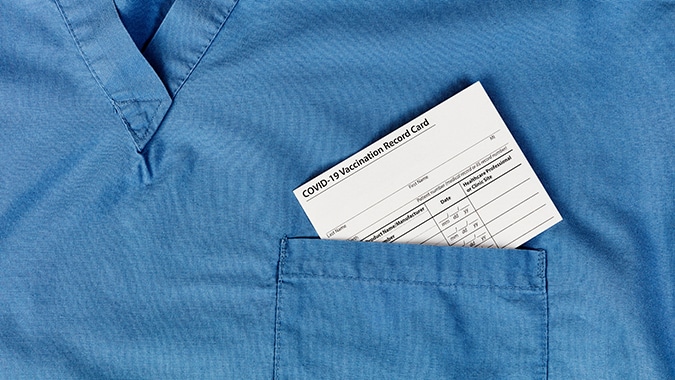 About 35,000 businesses in New Jersey have received Paycheck Protection Program (PPP) loans from the Small Business Administration (SBA), which means some time after June 30 they will either have to start paying the loan back or get it forgiven.
About 35,000 businesses in New Jersey have received Paycheck Protection Program (PPP) loans from the Small Business Administration (SBA), which means some time after June 30 they will either have to start paying the loan back or get it forgiven.
Obviously, loan forgiveness is the preferable option, but as has been widely reported already, that requires businesses to follow certain rules on how they spend the loan money. A number of gray areas in these rules have left independent contractors, business partnerships, and others wondering what’s required of them in certain situations.
Scott Borsack, a partner at the law firm Szaferman Lakind, was able to clear up a couple of them during NJBIA’s loan forgiveness webinar yesterday afternoon.
Is compensation paid to partners or members of LLCs forgivable?
One area that has vexed certain applicants has been how to treat compensation to partners in a partnership or members of a limited liability company (LLC). Borsack said there has been some late clarification on the matter.
Essentially, a partner or LLC participant can be compensated for their income up to $100,000 as long as their past income has been subject to self-employment tax. The maximum per employee is $15,384, since the program caps the amount of an individual’s compensation at the equivalent of $100,000 per year.
“Generally that’s going to be for someone who is actively engaged in the practice or the business or the entity; that this is not a passive investment for them,” Borsack said.
When do I have to rehire laid off employees to qualify for forgiveness?
PPP loans are calculated to cover eight weeks of a business’ operating expenses, and one of the requirements is for businesses to maintain their payroll during that period. If they have already laid off employees, they can still meet the requirements for loan forgiveness by reinstating them.
That does not mean they have to bring everyone back to work on the loan origination date. Employers can bring back employees when it makes sense and pay them back wages for the time they are out, whether though vacation time or leave.
In this sense, it’s not when you actually bring them back (as long as you do so within eight weeks of loan origination) but the periods you pay them for.
“You don’t have to physically have them back in the shop to entitle them to pay,” Borsack said. “All that you have to do is call them back before June 30, and pay them at least 75% of what they would have received (had they not been laid off) to avoid the salary reduction.”
For example, if an employer’s covered period ends June 15 and employees are brought back on June 1, the employer simply needs to pay them what they would have received up to that point on that day and still have the expenses forgiven, assuming the employer meets the other requirements of the program.
How do independent contractors figure out their compensation?
Independent contractors who receive a PPP loan can use up to $15,384 of what they’re awarded as compensation for themselves for the eight-week period and still have at least that part of the loan forgiven. As compensation to themselves, it acts as a payroll cost.
At the same time, employers who hire independent contractors cannot claim the amount they pay the contractors as a forgivable expense. “The contractor has to make their own application,” Borsack said.
“That was an ambiguity in the application process, and some banks included the amount paid to independent contractors in the wage base for determining loan eligibility,” Borsack said. “So there are a number of borrowers who probably borrowed more than they should have been permitted as the rules changed.”
What about loans that originate after May 5?
One of the program’s requirements is that all loan money is supposed to be spent during the eight-week covered period or before the program ends on June 30. With a new round of funding approved last Friday, however, many businesses may not get the full eight weeks.
Borsack said everyone who receives a PPP loan after May 5 will be in this category, but he suspects that this deadline will be extended for those who receive later approvals and suggested businesses in this situation keep an eye on the SBA for new guidance.
“I don’t think anyone expected there to be a second tranche of funding under this program,” he said.




